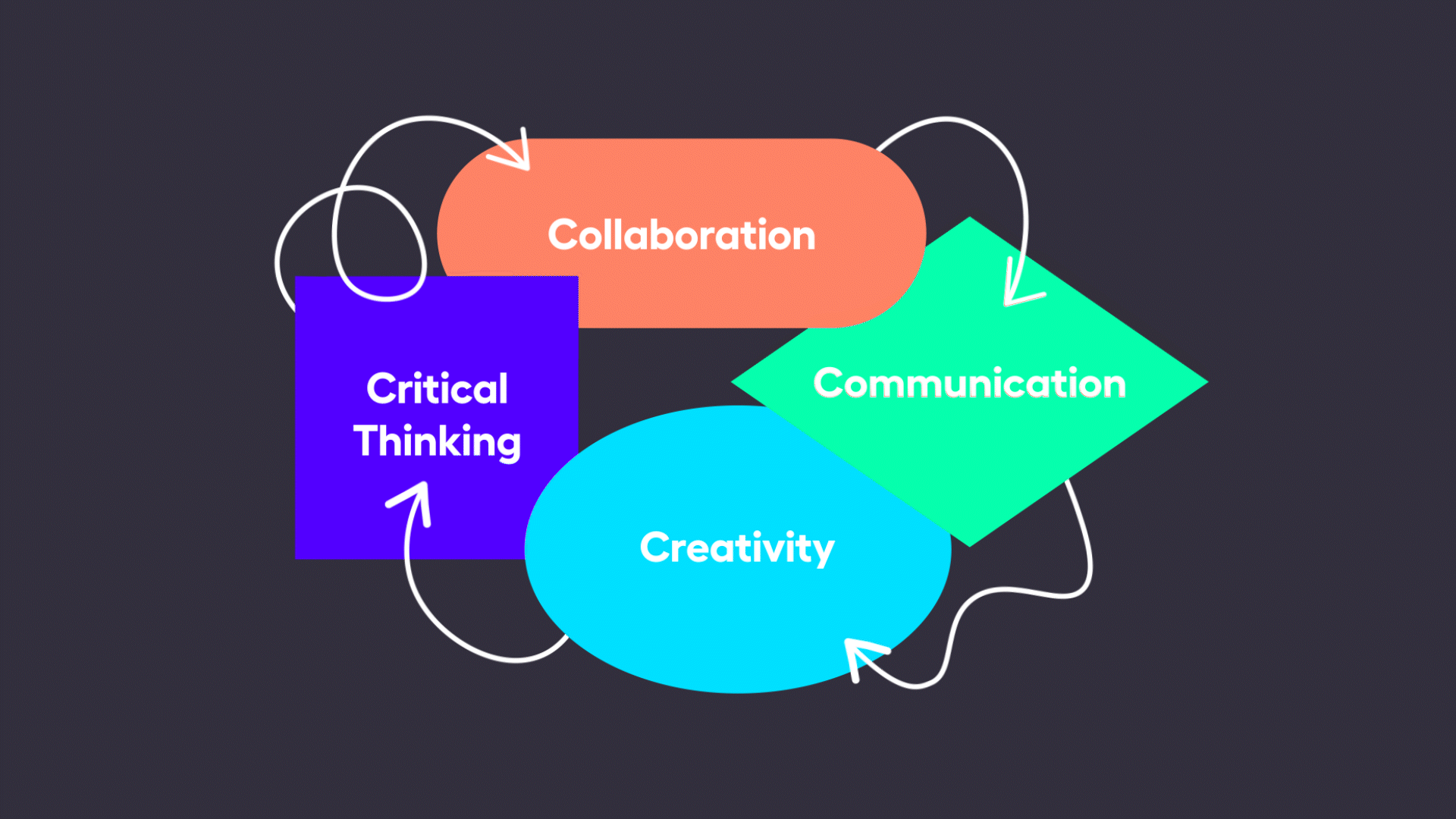June 14, 2024 5:00 am
Navigating Academic Intervention in Grades 6–12
Supporting students in grades 6–12 comes with complex challenges. Intervention strategies can bridge gaps and boost graduation rates, but only if you have your school community’s buy-in. See what we’ve learned.
As school administrators dive into the recently released state assessment scores, a familiar challenge re-emerges: supporting middle and high school students who are behind grade level. With the 2024–25 school year approaching, it’s crucial to devise effective intervention strategies to bridge academic gaps and ensure students are on track for graduation.
To provide a ground-level perspective, we spoke with three of our Professional Development Specialists who work with educators implementing Imagine MyPath, focusing on their insights into successful intervention practices for grades 6–12.
The First Hurdle: Engaging Students
One of the biggest challenges in middle and high school intervention is getting students’ buy-in. Students who have had negative experiences with other intervention strategies — maybe the material was too advanced and prevented them from progressing, or it was so juvenile it stigmatized their learning gaps — can be reluctant to engage.
Senior Professional Development Specialist Derek Sarver calls lack of engagement and motivation “critical barriers.” He appreciates that programs like Imagine MyPath address this with built-in motivational and celebratory opportunities. He emphasizes the importance of hands-on experiences and modeling during professional development sessions to support teachers in keeping students engaged.
For Jenny Singletary, the compounded issue of low engagement plus competing for students’ time is the “number one enemy,” particularly for high school intervention. “It’s a huge obstacle,” she says, stressing how full students’ schedules are. “Students who are struggling don’t want to put forth the time in their coursework, much less an intervention program.”
Stacey Cleveland points out that, in addition, “high school teachers often lack training in small group instruction and intervention strategies, which are essential for effective engagement.” She stresses the need for structured models that demonstrate how to integrate intervention into the classroom.
Effective Strategies in Action
Middle and high school students’ learning needs are complex, so successful intervention strategies need to be multi-tiered. Derek observes that the most effective techniques include “consistent usage opportunities, active monitoring of student engagement, and meaningful student-teacher conversations.” These strategies help students take ownership of their learning, a crucial component for sustained improvement.
Stacey shares a successful pilot program where a station model was implemented in a 10th-grade English class. “We capped the teacher’s direct instruction at 30 minutes, followed by 30 minutes of hands-on practice and 30 minutes of using Imagine MyPath or Imagine Edgenuity,” she explains. This structured approach ensured consistent and effective use of intervention tools, leading to better data and meaningful insights. “You’re getting that use with fidelity over time,” she says, “so the data is more accurate, and the teachers are starting to see the value.”
Building a Culture of Data-Driven Intervention
Everyone agreed that effectively utilizing data was critical to daily efforts and to achieving the long-term goals of grade-level learning and graduation rates.
Derek cites two key components of data-driven intervention: educators actively monitoring student engagement and progress and students self-monitoring their learning. He wishes more educators understood the importance of using reporting features to facilitate student conversations. “Student data chats, when done consistently, can significantly impact students’ ownership of their learning,” he says.
For Stacey, educators’ ability to efficiently respond to data is key, especially “stopping to look at what is going to be the best use of [the teacher’s] time to help the students in their room. We have to recognize, A, where are our students? And B, give ourselves the space and permission to take the time needed to bring them closer to grade level.” She loves that Imagine MyPath provides reteaching worksheets and a class summary report. “It tells the teacher, ‘This student is struggling. Here is the resource you can use with her.’”
Jenny worked as a Teacher Specialist for the South Carolina Department of Education before joining Imagine Learning and understands how assessment data drives decisions at the administrative level. She underscores the importance of aligning formative assessments with state standards and notes that Imagine MyPath’s assessments do just that, helping teachers accurately gauge student progress and needs. “I know the depth and rigor that you’re going to find in [state assessments],” she says, “and I see that same depth and rigor in formative assessments for Imagine MyPath.”
Planning for Success
For Derek, these approaches to intervention with older students aren’t just theoretical. “I had a large district opt-in to an Imagine MyPath pilot for their middle school math intervention students,” he says. “We focused on student data, reporting functionality for educators, and student engagement with the program. What we saw district-wide after the EOY assessment window closed was a 12% increase in students performing ON grade level and a 742% increase in students performing ABOVE grade level! The numbers sound extreme, but this happened, in large part, because of student and teacher buy-in and increased motivation.”
No matter what program tops your list for intervention in 2024–25, consider how to activate students’ ownership of their learning and explore data-driven strategies everyone can embrace. Your graduation rates will reflect these efforts in 2025 and beyond.
About the Author — Kallie Markle
Kallie Markle lives in Northern California with her family of humans, house plants, and dogs. The humans take up the least amount of space. Before joining the education world, she wrote her way through national parks, concerts, tourism, and brewing.

